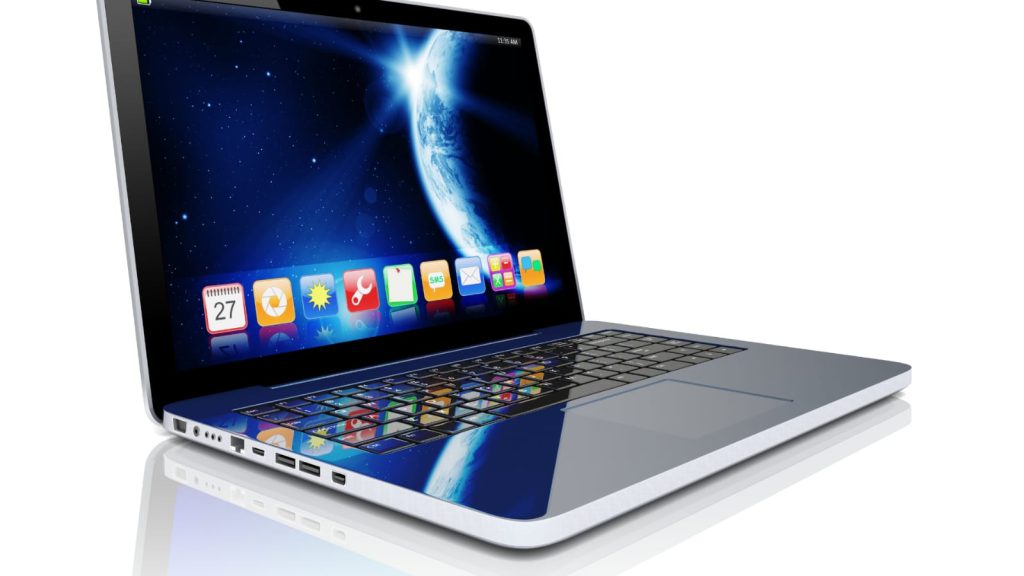Okay, so two years ago, if I had told you, imagine a Windows laptop. Ah, it has poor battery life, bad speakers, a poor display, and it would have that Windows game. But in TwinBand 4, things are changing. Take this newly launched VivoBook S, for instance, with its dedicated Copilot key, dedicated AI cores for on-device AI, Intel Arc GPUs, and OLED display. So the question that has to be asked is, are Windows laptops finally changing?
Is this what every Windows enthusiast dreams of? Is this the ideal productivity laptop slash MacBook killer? Well, to answer all of this, we have been using this laptop for a few days now, and things are very interesting. Take unboxing, for instance; you get the laptop, some paperwork, a charging cable, and the charging adapter; all of this is normal. However, if you see here, you get this cardboard box inside, and with some super scientific skills, this can even transform into a laptop stand. That is pretty new. Now, I would say this laptop has a few interesting things, like starting off with the build. Just have a look at this. It looks sleek and modern. On the top, you have this ASUS VivoBook branding. At the back, you have vents to exhaust the hot air, and at the bottom, you have the intake vents. Plus the speakers; I’ll come to the speakers in just a moment. And here’s something different. See, this laptop comes in a slightly blue color. Like most laptops, they come in either white or black. And this has this metallic blue finish, which is very subtle.
Does it come in black? Yes, for all the Bruce Wayne fans out there. Yes, it does come in black. Besides the color, the laptop weighs in at around this much. And just to give you some perspective, this is how a 16-inch MacBook weighs. And I was carrying this laptop regularly to the office, and I didn’t feel the weight of it or anything in my backpack. Also, the laptop comes with most of the necessary ports. On the left, you get HDMI 2.1, two Type-C Thunderbolt 4 ports, a microSD card reader, and a headphone jack. On the right, you have two full-size USB-A ports. By the way, these are USB 3.2. The only thing missing here is a full-sized SD card reader. I’ve been using this to edit my photos in Photoshop, make thumbnails, and all of that. And every time I had to use a dongle, So, maybe Asus and other brands could look into this, like a laptop for a creator and a full-size HD card, please. Now, the two major highlights of this laptop are its display and performance. So, if you see, this is a 16-inch 3.2K 120Hz OLED display. Let me show you the difference. See, side by side with the MacBook Air, the Asus laptop blacks look more black. But a major problem with OLED displays has been color accuracy. Well, this display is 100% DCI-P3 and has a delta value of less than 1. So, in simple words, if you’re doing Photoshop or other color grading and all, the display will have close to accurate colors, so if I edit a blue image on Photoshop over here and I send this to this iMac, this also has a delta value of less than 1, and it’s pretty much the gold standard for color accuracy, so you can see the blue color is about the same on both displays.

Also, if I go into the My ASUS app, I can change the color calibration for content creation or for media consumption. Speaking of watching movies, this other day I was watching Batman vs. Superman. It has a lot of dark scenes, and the picture quality was top notch, like it’s not a notch but top notch. From a movie watching and color grading perspective, this laptop is very good. Also, since this is a high-refresh rate monitor, if you see it side by side with the MacBook Air, scrolling through web pages feels more smooth and fluid. Now, I know the biggest concern with OLED displays is burning. For a very long time, if you have something on the screen, it will leave an imprint, and this is how it will look. But ASUS has pixel refresh and pixel shift. So, the pixels will ever slow slightly shift after a time so that they don’t burn. And the second highlight of this laptop is its performance. Now that I have been using the laptop as my daily driver, watching movies, browsing the web, and editing thumbnails in Photoshop, there is no lag or anything as such. In fact, see here: I’ll open Adobe Premiere, import a 4K video, apply a color grade, and see if the video playback is fine. And not just that, see, I’ll run Forza 5, 1080p high settings, and it is giving me around 40 FPS, so very playable. And I was also playing GTA 5 on this, you know, gearing up for GTA 6, if it ever comes. It will obviously go. Who knows? 2025. Who knows? And even in GTA 5, with all settings set too high, I was getting good FPS. Then I even played FC24; gaming again was fine. And all of this is coming from the integrated graphics of the Intel AX. Like, let me explain. So all laptops have graphics cards; the gaming laptops have dedicated GPUs that dedicatedly handle gaming; and the other laptops have integrated GPUs that are built inside the CPU. Previously, Intel integrated CPUs were just bad; you couldn’t play anything beyond CSGO. But with the latest Intel Core Ultra processors, they have introduced their new integrated graphics called Intel AX, and this is the biggest upgrade, I believe, because it can handle high-level games with decent FPS.
Now the variant that you have here is the Core 7 Ultra 155H, but this series goes all the way up to the Core Ultra 9. This Core Ultra series is different from Intel 14th-generation processors because these have dedicated AI cores. However, all of that said, I must mention one thing: the CPU here gets warm. Like I see here, I run the Cinebench benchmark and look at those temps; they are all about 90 degrees, and this can have an impact if you’re doing heavy tasks, like when we got a score of around 11000, which is a bit less. Core Ultra 7, 155H, should score around 13,000. Yes, Asus has implemented something called iSchool Thermal, which you can tweak as per your liking, and of course, you will not be running benchmarks the entire day. So in normal usage or gaming, you would hardly notice this difference, but since this happened, it’s my job to mention it. Besides this, the laptop also has very gamer-y features, as I will show you. Alexa, turn off the studio lights. Ah, Alexa is very fast. So you can see you have an RGB keyboard; fans are going to love this. And you can even change the mode from the settings, like breathing, strobe light, or my favorite static blue. Like static blue, it goes very well with the color of this laptop. Now that we are on the topic of keyboards, the typing experience here is really good. I have written a lot of scripts on this laptop, and the keyboard is silent, but you can still feel the click of it. But what I liked even more than the keyboard was the trackpad. This is a very big trackpad. I love big trackpads. Who doesn’t like big trackpads? Come on. Just for reference, this is another 16-inch gaming laptop, and this is the trackpad versus the one on the Asus.
The Asus trackpad is big, and even the quality of the trackpad is really good; it is very smooth and fluid, like the 2-finger gesture, and the 3-finger gesture works very well. Besides this, you also get a 1080p webcam, and this is how the video and audio quality are, and I would say it gets the job done. Also, with the ultra-core processor, you get AI cores, so you can even blur the background in real time on the device. Also, there are a bunch of extra AI features, like auto framing, so if I move around, the camera zooms in and tries to keep me at the center of the frame. Also, since this is an Intel Evo-certified laptop, the battery life is good, with brightness set to 50 to 60 percent for non-gaming work like typing or watching videos. I was getting 7 to 8 hours of battery life on a full charge, which is nice. Now the only thing with this laptop, or most of the Windows laptops, are the speakers. Let me demonstrate this by giving you two scenarios. I’ll play music on the laptop while it is on the table. See, the audio is loud; there’s not much bass, so it’s a bit tingy, but now when I move the laptop to the sofa, the audio gets completely muffled, and the major reason for this is that the speakers are at the bottom. I don’t know what it is, but the bottom-filing speakers are not that effective in all scenarios, so the Windows brand should work on it and bring the speaker to the top, at least in laptops above one lakh. Which brings me to the pricing, like this VivoBook S that we have here costs 1.16 lakh. Now, is this the best go-to laptop at this price point if you have 1.16 lakh? Well, it all depends on your needs. If you want something for casual gaming, video editing, doing more Photoshop, coding, and all of that, then you can look into the VivoBook S series. There is also a 4 Ultra 5 version, which starts at 1.02 lakh. But if you want a dedicated gaming laptop at this price, then you can look at other laptops with the RTS 4050 or 4060. Those are proper gaming laptops. However, interesting question: if you have 1 lakh rupees, will you go with slim ultrabooks that are all-in-one productivity with really good displays, or will you go with a dedicated graphic card hardly based on performance?



